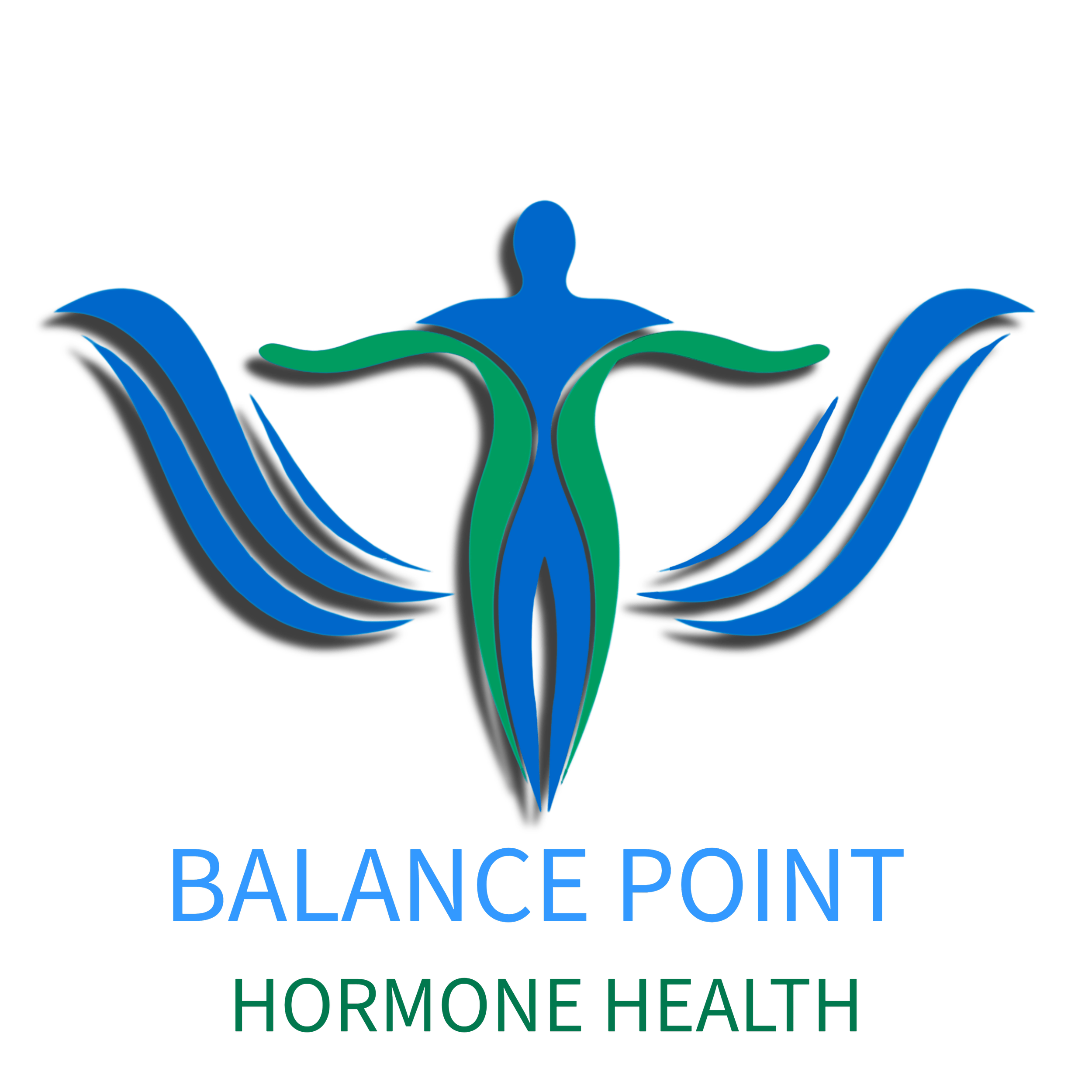Find Your Edge. Find Your Balance.
The Future of Healthcare, Delivered.
Estrogen Balance: The Key to Men's Hormone Success
While Testosterone Replacement Therapy (TRT) focuses on raising Testosterone (T), the real secret to feeling great lies in managing Estrogen (Estradiol or E2). In men, E2 is often overlooked, but maintaining its optimal range is crucial for achieving all the benefits of TRT without the side effects.
Estrogen's Essential Role (Before TRT)
It's a common misconception that Estrogen is solely a female hormone. In men, Estrogen is vital for bone density, regulating libido, cognitive health, and even helping to close the growth plates during puberty. Before starting TRT, your body maintains a natural, delicate balance:
The Natural Feedback Loop
A small percentage of your naturally produced Testosterone is converted into Estrogen by an enzyme called Aromatase. This is a normal process. However, if your natural Testosterone levels drop too low, the body may convert too much of the remaining T into E2, leading to an imbalance that causes low libido, fatigue, and other symptoms.
Furthermore, the ratio of T to E2 is critical. High levels of E2 send a signal back to the brain (the negative feedback loop) to stop producing Testosterone, trapping the patient in a state of low T.
The Balance on TRT: Avoiding the Pitfalls
When you introduce exogenous (external) Testosterone via TRT, the rate of Aromatization can increase significantly. More T means more raw material available to be converted into E2. If this conversion isn't managed, Estrogen levels can quickly become too high, negating the benefits of the treatment.
When Estrogen is Too High (Hyperestrogenism)
High E2 levels on TRT are the primary cause of adverse side effects and can make you feel worse than before treatment. Common symptoms include:
- Emotional Instability
- Increased anxiety, irritability, and moodiness.
- Water Retention
- Bloating, puffiness, and high blood pressure.
- Sexual Dysfunction
- Low libido or difficulty achieving erections.
- Fatigue
- Paradoxically low energy, despite high Testosterone.
When Estrogen is Too Low (Hypoestrogenism)
Estrogen must be managed, but lowering it too much also causes significant problems. This often occurs due to overly aggressive use of Aromatase Inhibitors (AIs).
- Joint Pain
- Dryness and discomfort in joints, often in the shoulders/knees.
- Depression & Lethargy
- General feeling of flatness, lack of motivation, and low mood.
- Low Libido
- Extreme crash in sexual desire.
- Bone Weakness
- Long-term risk of reduced bone density (Osteoporosis).
The Solution: Optimal Balance
Our goal is not to eliminate Estrogen, but to bring it into a patient-specific optimal range, usually achieved through precise dosing of Testosterone and the occasional, monitored use of an Aromatase Inhibitor (AI) like Anastrozole. Achieving the right balance maximizes the energy, mood, and libido benefits of high T while eliminating the negative side effects of high E2.
The Unmanaged Decline: Why Levels Drop
This chart illustrates the typical, unmanaged decline of key hormones in men as they age, showing why symptoms often begin around the age of 40.
This happens because as men age, they often experience an increase in body fat, which contains the Aromatase enzyme. This enzyme converts the remaining Testosterone into Estrogen, causing E2 levels to remain relatively high even as Total and Free T plummet. This imbalance contributes significantly to symptoms like fatigue and mood swings.
*Free Testosterone (the active form) shows the most dramatic decline, leading directly to the symptoms of andropause.
Disclaimer: This content is for educational purposes only and does not constitute medical advice. Consult with a qualified healthcare professional before making any decisions about your health or treatment.

